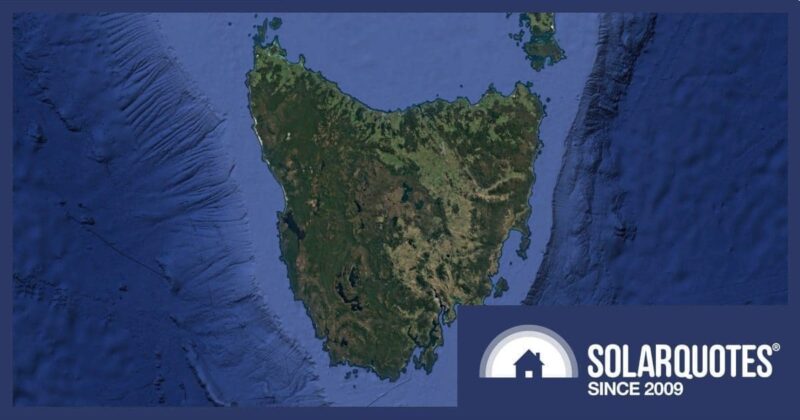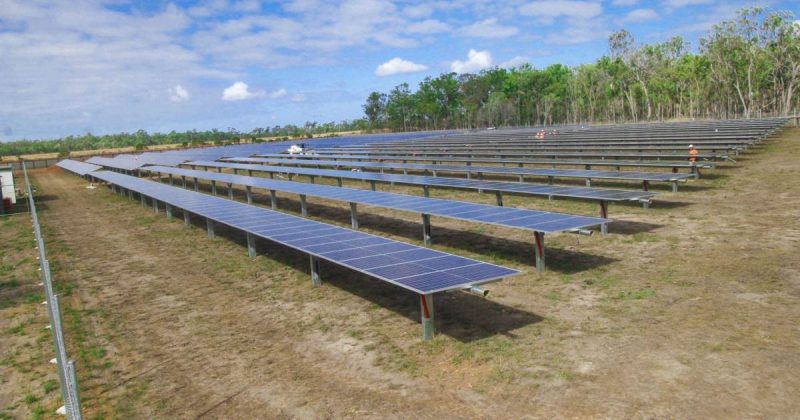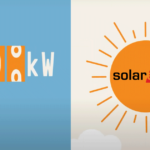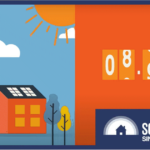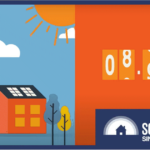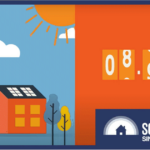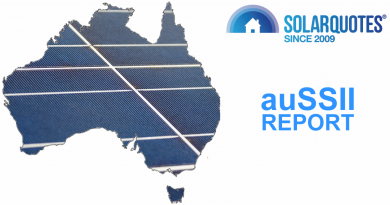AER Finally Gets to Work on Flexible Export Rules

Regulations to govern Flexible Exports of household solar PV to the grid took a step forward this week when the AER published its “final response” to a consultation conducted late last year.
According to the AER’s media release, the response is part of the regulator’s preparation of:
“regulatory arrangements needed to support the efficient implementation and uptake of flexible export limits across the National Electricity Market”.
In plain English: they want to ensure these Flexible Export rules work well and that everyone knows and follows them.
What Are Flexible Exports?
Flexible Exports, also known as “flexible export limits” or “dynamic exports”, refer to a system that dynamically adjusts the power solar installations can export back to the grid. This adjustment is based on the grid’s capacity to accept the energy at any given time.
How Flexible Exports Work:
Dynamic Adjustment: Your Distributed Network Service Provider (DNSP) will monitor their network’s capacity and adjust the export limits of solar installations in real-time or near-real-time. The dynamic exports are typically held between 1.5 and 10 kW compared to the legacy fixed 5kW export limit in most parts of Australia.
Network Capacity: If the electricity distribution network has ample capacity, solar installations can export more energy. Conversely, if the network is nearing its capacity, the DNSP will reduce the amount of rooftop solar energy that can be exported.
Inverter Control: The DNSP communicates with solar inverters, which will adjust their export levels based on the limits set by the DNSP.
Expected Benefits:
Efficient Utilisation: Flexible Exports aim to maximise the shared solar hosting capacity on the distribution network. This means more solar energy can be exported when there’s capacity.
Consumer Benefits: The net effect of an maximum 10 kW export limit is that solar owners should export more energy over 12 months, translating to more feed-in tariff revenue offsetting their electricity bills.
Lower Electricity Prices: As more solar energy is fed into the grid, it can lower wholesale electricity prices, benefiting all consumers, not just those with solar.
Grid Stability: By dynamically adjusting export limits, the system ensures that the grid remains stable and isn’t overloaded with excess energy.
Next Steps For Flexible Exports
This paper (PDF) details the regulatory actions the AER believes it needs to take to roll out Flexible Exports across the NEM.
For now, static export limits would remain the default, with the AER saying Flexible Exports should be offered on an opt-in basis. That’s interesting because it’s already mandatory for new connections in many parts of South Australia.
If you have an existing solar PV system and want to opt-in to Flexible Exports, you may require a new inverter and consumption meters to join the party.
Earlier this month, SA Power Networks became the first DNSP to require new systems and upgraded systems to support Flexible Exports. Anthony reported that one unintended consequence will be the scrapping of perfectly good solar inverters and panels when solar arrays are expanded (for example, when a household gets an EV and wants more energy for their EV charging). The paper does not discuss this problem. Oops.
A Nationwide Comms Protocol For Flexible Exports
Getting technical, the AER will decide on a nationally-consistent communication protocol for DNSPs to make Flexible Exports work.
The AER has provided some insights into the communication protocol for controlling solar inverters:
- Communication Protocol: The protocol facilitates communication between the DNSP and inverters to enable flexible export limits.
- Standard in Use: While there isn’t a single mandated standard in Australia, the most common standard DNSPs use for this communication is CSIP-Aus (Common Smart Inverter Profile – Australia). This has been developed specifically to support communication exchanges between Australian DNSPs and customers to communicate flexible export limits.
- ESB’s Consideration: The Energy Security Board (ESB) is currently considering whether to adopt a nationally consistent communication protocol in the form of CSIP-Aus.
- AER’s Stance: The AER supports a nationally consistent protocol backed by a rigorous cost-benefit analysis. They plan to work with other market bodies to provide guidance, including any potential adoption of a nationally consistent approach to CSIP-Aus implementation.
I wrote a love letter to CSIP-AUS here – recommending Victoria adopt it for their emergency remote solar shutdown system.
In essence, while there’s no single mandated standard, CSIP-Aus is the most common one in use, and the AER supports moving towards a nationally consistent communication protocol.
It’s going to be CSIP-Aus isn’t it?
Conclusion
The AER is finally getting its act together on Flexible Exports – better late than never, I suppose. In the theatrics of consultations, the grand spectacle of cost-benefit analyses, and 67-page word salads, they’ve missed a few points, such as perfectly good systems going to scrap, and the weak link that is consumer Wi-Fi connections but hey, no one’s perfect, right?
Thanks to Richard Chirgwin for help writing this post.
Original Source: https://www.solarquotes.com.au/blog/aer-flexible-export-rules/
